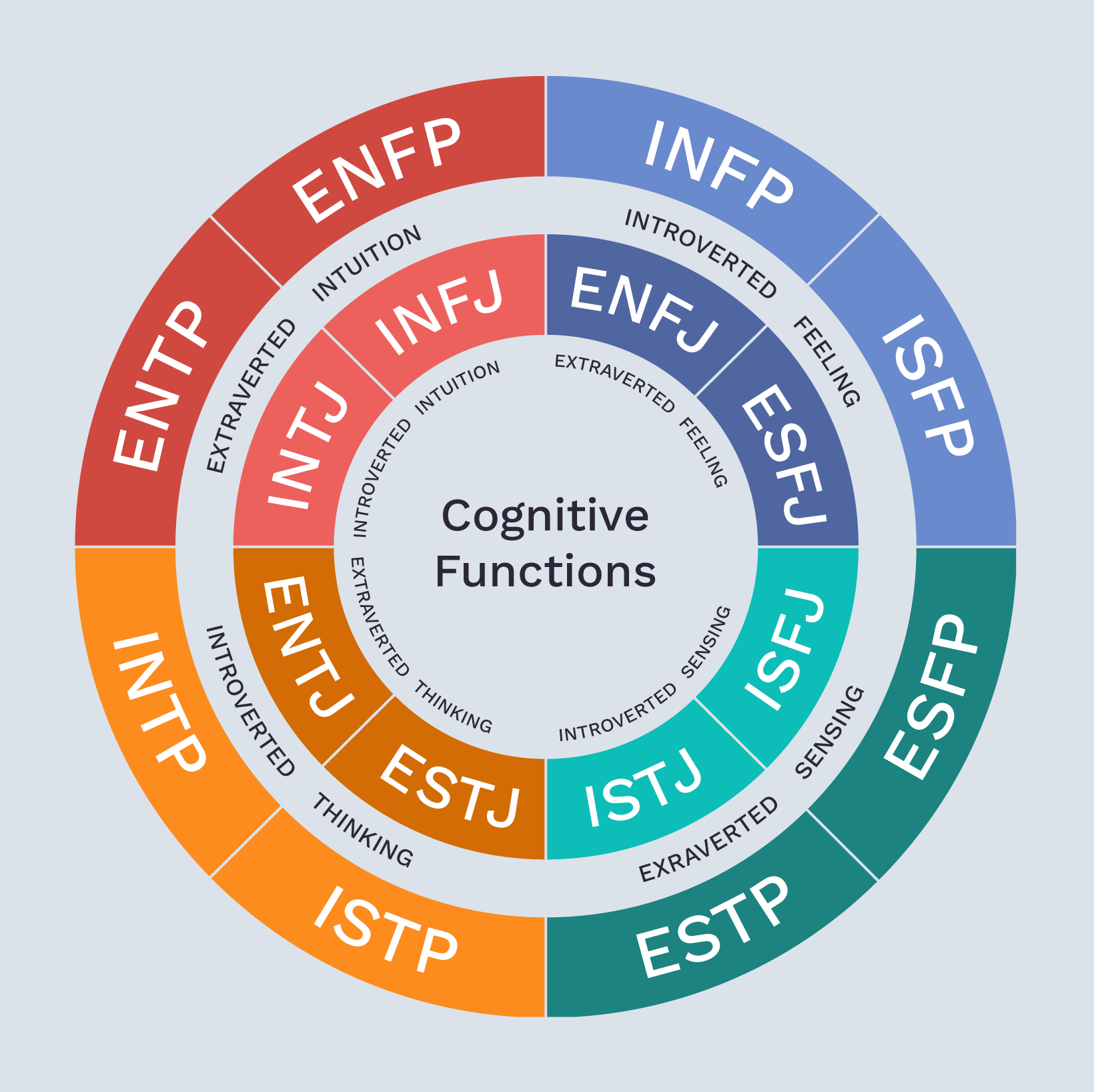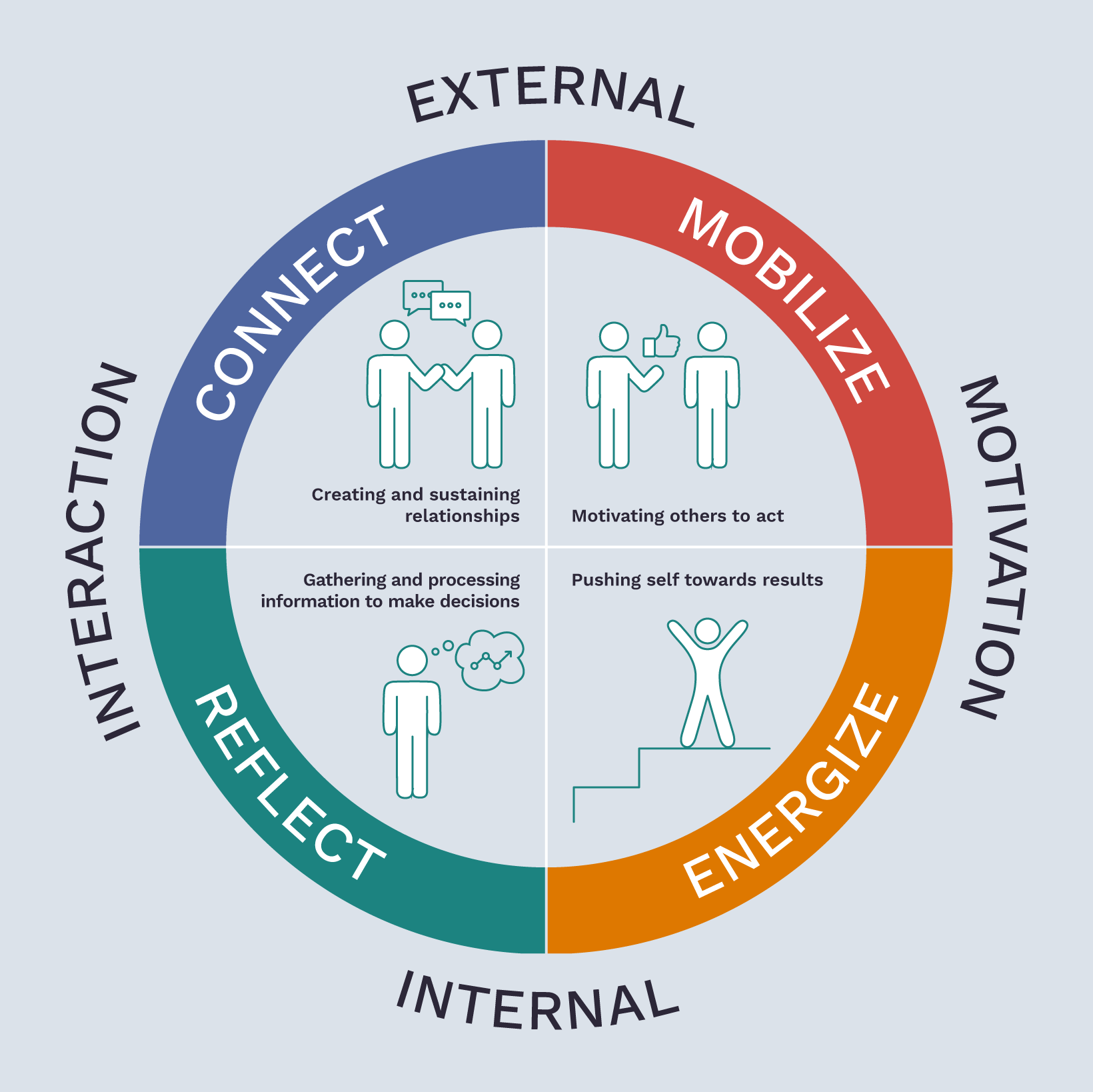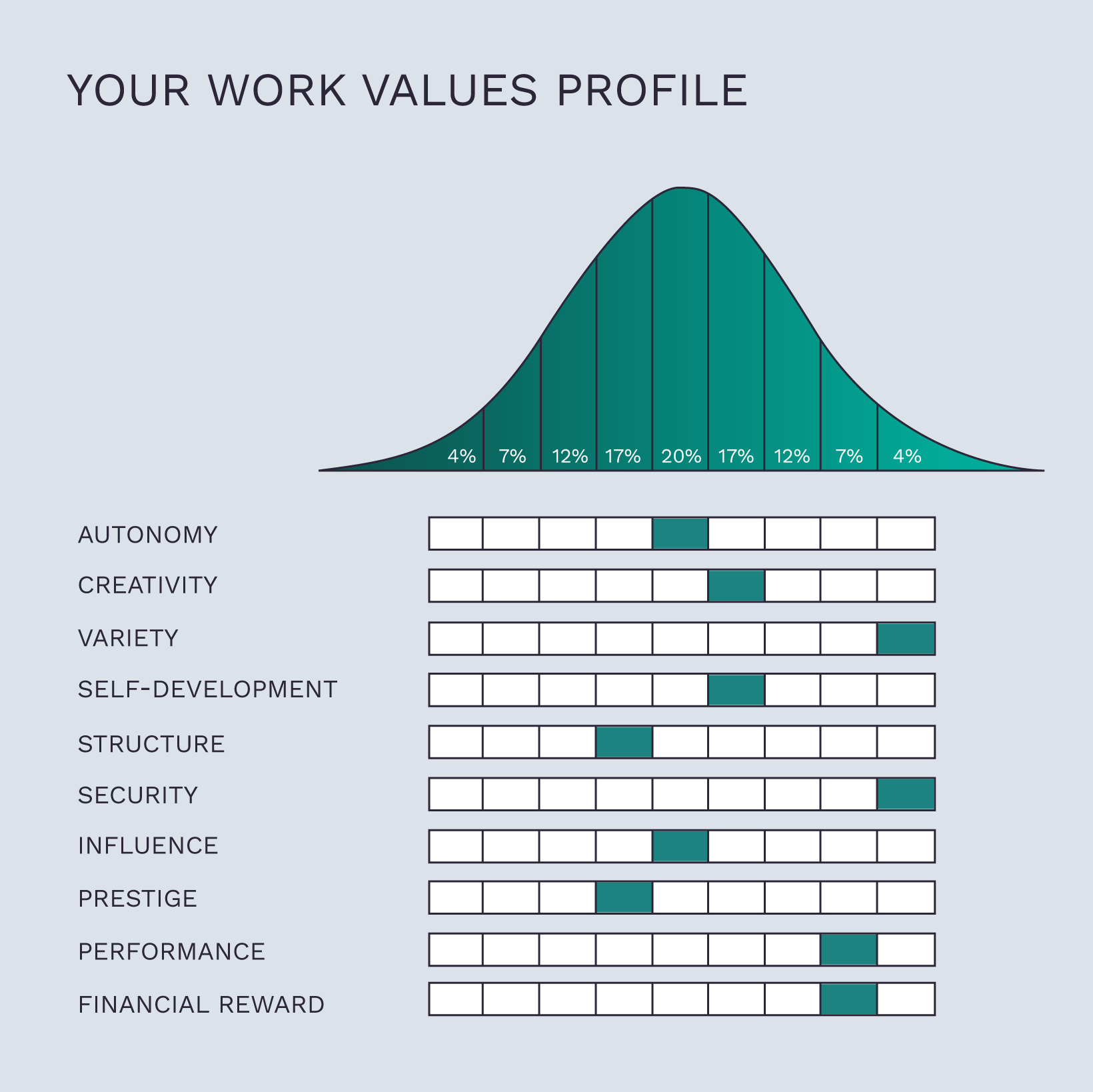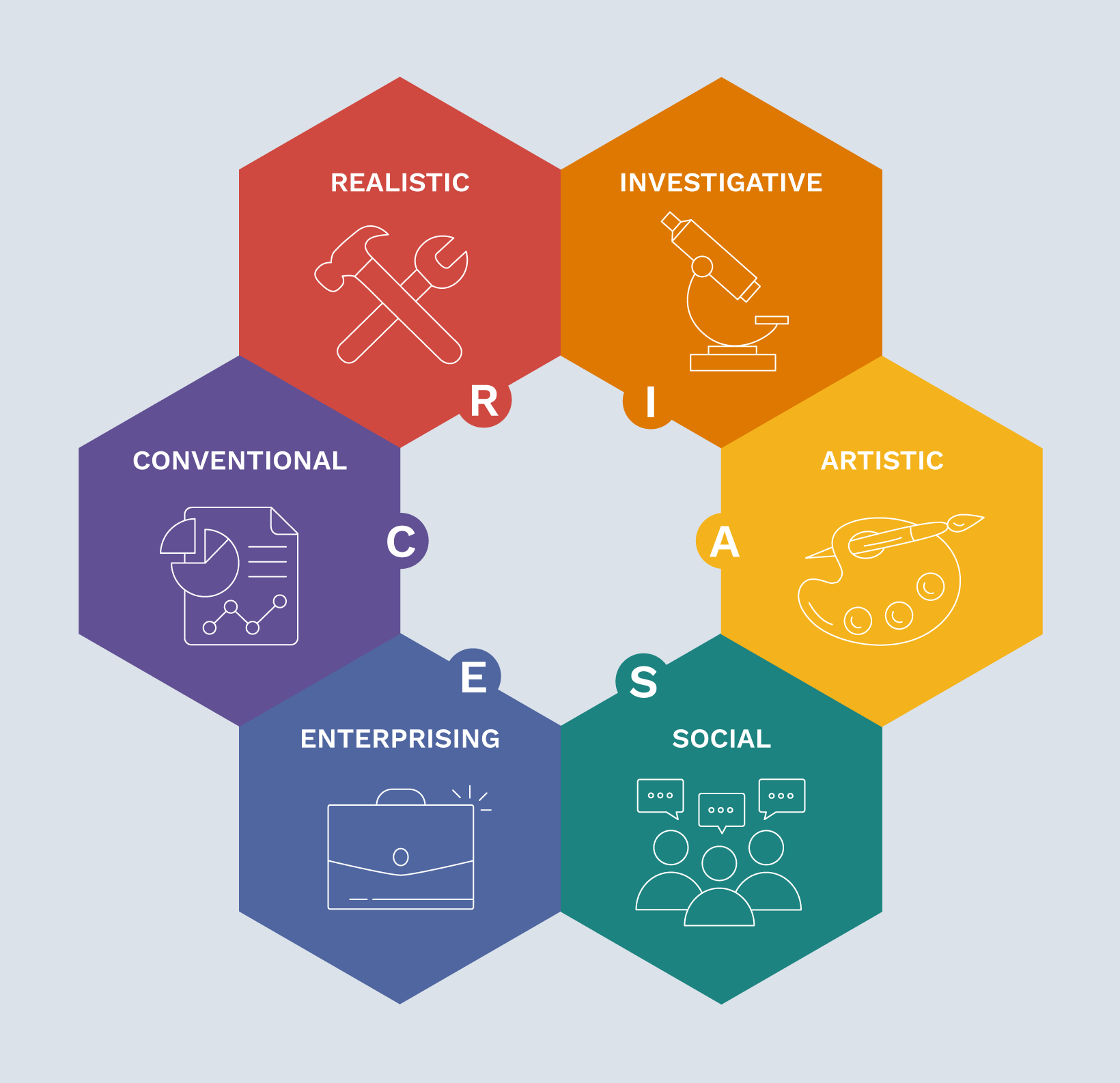Types of college major assessments

www.degreechoices.com is an advertising-supported site. Featured or trusted partner programs and all school search, finder, or match results are for schools that compensate us. This compensation does not influence our school rankings, resource guides, or other editorially-independent information published on this site.
So, you’ve made it to college. You know what classes you need to take, where the library and bookstore are, and how to find the dining hall and student gym. But, do you know what your end goal is?
Many college students struggle with choosing a major and planning their future career path. The good news is that universities and colleges offer resources to help with these big decisions, and many are available online. In this article, I discuss some of the resources we used when I worked as a Major and Career Advisor at Florida State University’s Career Center.
4 elements of college major assessments
It can be helpful to consider the different factors that go into choosing a major. Much of the existing research breaks things down into the following 4 elements: interests, personality, strengths, and values.

What are interest assessments?
Interests assessments help individuals determine what field of work they might enjoy and thrive in based on what they find enjoyable in life and what drives their curiosity. This information can then be applied in choosing a college major and career.
» Read: What are the different types of degree programs?
Strong Interest Inventory
A widely used and respected interest assessment is the Strong Interest Inventory (SII). The assessment was developed in the 1970s by psychologists who discovered that people who are satisfied with their line of work share common interests with one another, while is less likely to be the case for those not satisfied in their work.
The SII was developed to help people determine their likes and dislikes and compare these to the likes and dislikes of people already employed in specific fields.
Results from the SII include information related to your:
- basic interests – activities that you enjoy in your work or leisure time
- general occupational themes
- similarity of interests to individuals in various occupations
- work style
Basic interests outline activities that you likely enjoy in your work or leisure time.
General occupational themes, identify broader categories of interests according to the Holland Codes: Realistic, Investigative, Artistic, Social, Enterprising, and Conventional.
You will also obtain information related to what occupations align with your interests and what your preferred personal working and learning styles entail.
Pros and cons of the Strong Interest Inventory
No assessment is ideal – below we take a look at some of the strengths and weaknesses of the SII.
Pros
Informed by over 80 years of research; is highly reliable and valid
Applies broad, representative norms that account for race, age, and gender
Is offered free of charge
Cons
Takes longer to complete than other similar assessments (35-40 minutes)
Focuses on work – not as useful as a general personality assessment
Some individuals receive “flat” or “elevated” profiles that do not provide much insight
Popular online programs
www.degreechoices.com is an advertising-supported site. Featured or trusted partner programs and all school search, finder, or match results are for schools that compensate us. This compensation does not influence our school rankings, resource guides, or other editorially-independent information published on this site.
What are personality tests?
Personality tests classify people according to sets of measurable traits. They are usually structured as self-report questionnaires that attempt to elicit information about your temperament, preferences, motivations, values, and more.
Myers-Briggs Type Indicator
While there are multiple personality assessments in the world of psychology, the one that tends to provide the most helpful information regarding major and career decisions is the Myers-Briggs Type Indicator (MBTI).
The MBTI operates from the premise that people can be understood based on a 4-letter type code, with a total of 16 possible types. The code is achieved by measuring people along a spectrum of preferences. These preferences are paired based on the attribute they are measuring.

The 4 preference pairs that make up the MBTI are:
- extroversion vs introversion
- sensing vs intuition
- thinking vs feeling
- judging vs perceiving
Introversion vs extroversion
The first possible letter or preference you will receive in your MBTI code is either extroversion (E) or introversion (I). This is also sometimes described as your attitude and helps capture how you attend to the world around you: are you more outwardly (E) or inwardly (I) focused.
Sensing vs intuition
Sensing (S) or intuition (N) describes how you gather information about the world around you. This can be thought of as what information you tend to trust or rely on the most, with S relying more on their 5 senses and N relying more on intuition and imagination.
Thinking vs feeling
Thinking (T) vs feeling (F) describes your decision making and how you seek resolution to the information you have taken in. Those who are more inclined towards T will work to be impartial and base their decisions on logic, while individuals more inclined towards F will instead focus on human values and the impact their actions and decisions have on others.
Judging vs perceiving
A preference for either judging (J) or perceiving (P) describes how a person responds to planning and goal setting as well as life in general. If you find yourself needing everything planned out and wanting more predictability, you are likely more of a J. However, if you prefer things to be more flexible and spontaneous, you are likely more of a P.
Pros and cons of the MBTI
Ultimately, your 4-letter code can say a lot about who you are as well as how you interact with and understand the world around you. It can also help you clarify how you make decisions and how you prefer to approach your life. Below we examine some of the MBTI’s strengths and weaknesses.
Pros
Ubiquitous and popular, making it easy to find information on the test and the different types
Has been used since the 1940s (originally to assess CEOs)
Offers a broad assessment that can be used for many purposes, including career and study choices
Cons
Not originally based on empirical research, though research has been conducted on it since
Has been criticized for lacking scientific validity and reliability
The official test costs $50; many unofficial and likely less reliable free versions available
What is a strength assessment?
Strengths-based assessments attempt to measure skills and competencies across a range of spheres, including both internal and external, and emotional and behavioral factors. The Clifton Strengths Assessment stems from the Positive Psychology movement, which emphasizes creating a fulfilling life by nurturing our strengths.
Clifton Strengths Assessment
The Clifton Strengths Assessment, also known as the Gallup Test, can identify areas that you excel in to help guide your career decisions. It assesses your strengths across 4 domains:
- Executing – your ability to achieve goals and accomplish tasks
- Influencing – your ability to communicate ideas and influence others
- Relationship building – your ability to form and strengthen relationships
- Strategic thinking – your ability to make decisions and solve problems

Each domain has various strengths associated with it that may coincide with your own areas of talent.
- Executing strengths include consistency, focus, and discipline.
- Influencing strength include communication, self-assurance, and competitiveness.
- Relationship-building strengths include empathy, inclusivity, positivity, and adaptability.
- Strategic thinking strengths include being analytical, futuristic, and a good learner.
The assessment identifies your top 5 strengths and offers an in-depth explanation of each.
Pros and cons of the Clifton Strengths Assessment
Below we examine some of the pros and cons of the Clifton Strengths Assessment.
Pros
Has high test-retest reliability (people tend to get the same results each time they take the test)
A version aimed specifically at students offers student-specific action items
Relatively affordable (basic version costs $20)
Cons
The focus on strengths means areas for improvement are not touched on
Its scientific validity is ambiguous
Somewhat time-consuming (initial assessment takes about 45 minutes)
What is a values assessment?
Values can be defined as the factors that are important to you in terms of your relationships, beliefs about the world, work setting, and more. Understanding your values can help you decide on a college major and future career.
Work Values Inventory
The Work Values Inventory (WVI) is a relatively straightforward assessment that helps individuals identify their top 5 values across the following areas:
- Core values – e.g., achievement, balance, independence
- Work environment – e.g., fast-paced, flexible, high earnings
- Work interactions – e.g., competition, diversity, friendships
- Work activities – e.g., analytical, challenging, creative
You respond to each value by ranking it as “always important”, “sort of important”, or “not important” and then choose your top 5 values from all those you ranked as “always important”. This information can help you identify what components of a career are necessary for you to be satisfied in your line of work.

As an example, imagine your top 5 values are achievement, high earnings, challenging, competition, and independence. These elements tend to align in certain roles and work environments –you might want to consider a job as a broker for a Fortune 500 company or an attorney at a reputable law firm.
Pros and cons of the Work Values Inventory
The WVI is an excellent starting point to help you determine what truly matters to you and which jobs therefore align with your values. Below we explore some of its strengths and weaknesses.
Pros
Backed by data from O*NET (a U.S. Depart of Labor project)
Testing takes just 10 minutes
Research suggests most assessment results are consistent on retake
Cons
Self-scored and self-interpreted, which can affect accuracy
Results are likely not static, as values tend to shift as we age
Research suggests rank order of values is not consistent on retake
Assessments that tap multiple areas
Some assessments tap multiple areas simultaneously. One example that I recommend and use in my own work is the Self-Directed Search (SDS).
Self-Directed Search (SDS)
The SDS considers a person’s goals, skills, interests, and activities as well as other personal attributes that impact career choices. This assessment was developed by John Holland, who posited that the following 6 categories can help describe people as well as their ideal career and work environments:
- Realistic (R) – the Doers – prefer working and creating with their hands and jobs that are outdoors and active
- Investigative (I) – the Thinkers – prefer solving problems and jobs that are analytical and scientific
- Artistic (A) – the Creators – prefer being expressive and jobs that are creative, such as writing, photography, and acting
- Social (S) – the Helpers – prefer working with others and jobs such as teaching, counseling, and caretaking
- Enterprising (E) – the Persuaders – prefer influencing others and being leaders and jobs in the political or business world
- Conventional (C) – the Organizers – prefer efficiency and order and jobs that entail working with numbers and computers

At the end of the assessment, you receive a 3-letter (Holland) code that will inform you about how your interests, skills, and personality align with various careers. For example, say you received the code ASI (which just happens to be my code). This means you are primarily artistic, with social and investigative traits in 2nd and 3rd place, respectively.
Careers that are a good match ASI individuals include counseling, teaching, writing, and many professions in the creative arts. While some codes, like ASI, are rarer, and align with fewer careers, more common ones offer a great range of possible major and career options.
Focus2
Focus2 is comprised of 5 different assessments in one, and includes measures of your work interests, personality, leisure interests, values, and skills. Assessment feedback includes a list of occupations that match your overall results.
SIGI3
SIGI3 (System of Interactive Guidance and Information) is similar to Focus2 in that it also assesses multiple areas to determine the majors and careers that best match your identified preferences. The areas assessed include values, interests, personality, and skills.
After completing the assessment, you receive guidance on educational requirements, common work activities associated with each career, and potential salary ranges. The tool is impressive in terms of its breadth and depth of feedback, and is an excellent resource for anyone who is serious about identifying an appropriate, relevant, and satisfying major and/or career.
Career Thoughts Inventory (CTI)
The CTI is based on an approach known as cognitive information processing (CIP) theory, which posits that making effective career-related decisions relies on an individual’s ability to process information in the following 4 domains:
- self-knowledge
- occupational knowledge
- decision making (including communication, analysis, and execution)
- executive processing (includes self-talk, monitoring, and control)
This CTI helps uncover potential negative thought patterns that may be having a detrimental impact on your ability to not only choose a major or career, but also to feel confident about those choices. This knowledge then enables you to work on challenging such thoughts. The test is expensive, and therefore it’s best to ask about it at your school’s career center rather than purchasing it yourself.
After completing the CTI, you obtain an overall CTI score – higher scores indicate a greater number of negative career thoughts. Results also include a breakdown of specific areas of negative or dysfunctional career thoughts including decision-making confusion, commitment anxiety, and external conflict.
- Decision-making confusion refers to the inability to complete the decision-making process due to confusion or lack of understanding of how to make career related decisions.
- Commitment anxiety refers to difficulty in committing to a specific major or career based on your anxiety about the potential outcomes of such commitments.
- External conflict refers to the difficulty you might encounter when receiving input or pressure from other people about what major or career you should choose.
Each of these areas can offer valuable insight into what self-inflicted barriers you might need to address before moving forward with these decisions.
Final thoughts
Choosing a major or career can feel overwhelming. Thankfully, there are many resources available to help guide you. Some of these assessments are available online through career or advising centers on campus. Don’t hesitate to seek support when you need it and to remember that this process takes time.
www.degreechoices.com is an advertising-supported site. Featured or trusted partner programs and all school search, finder, or match results are for schools that compensate us. This compensation does not influence our school rankings, resource guides, or other editorially-independent information published on this site.


